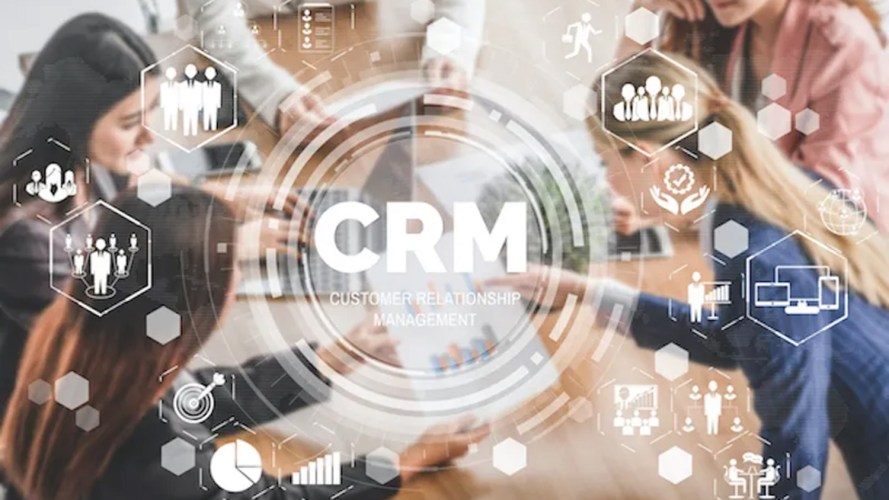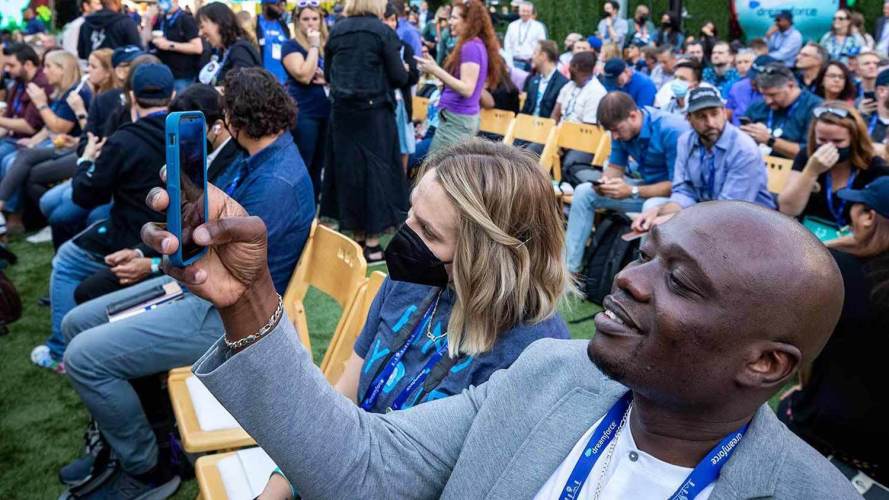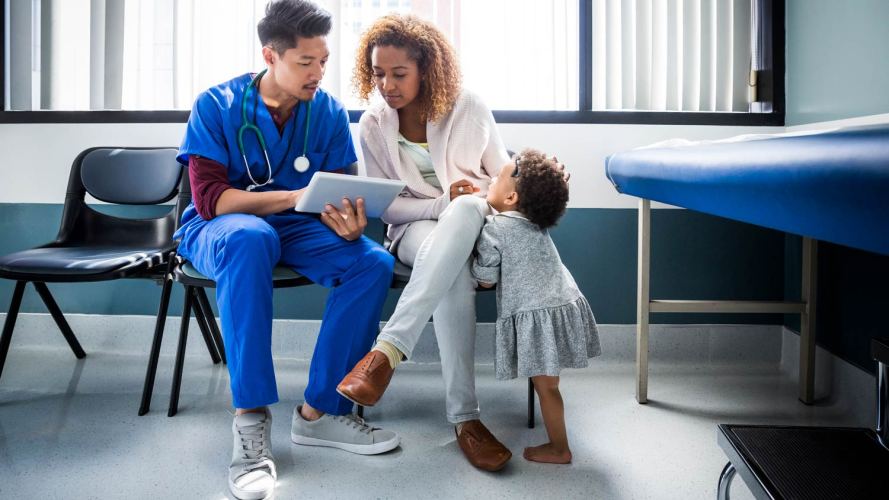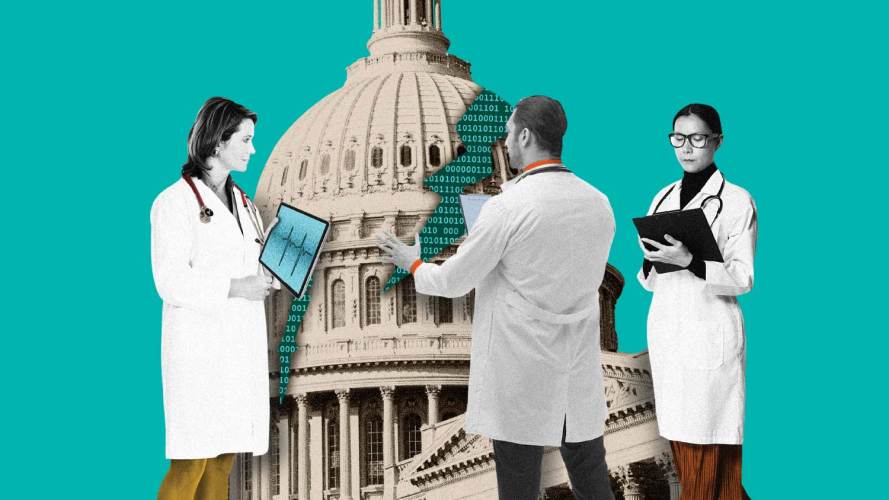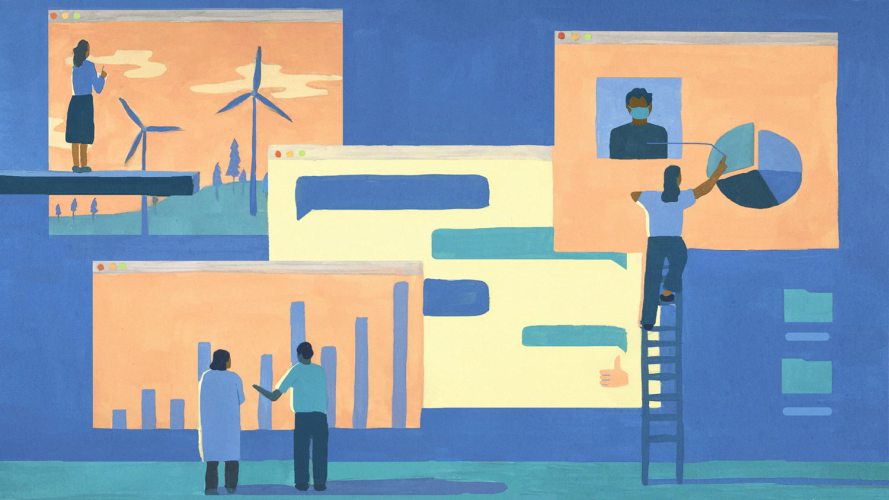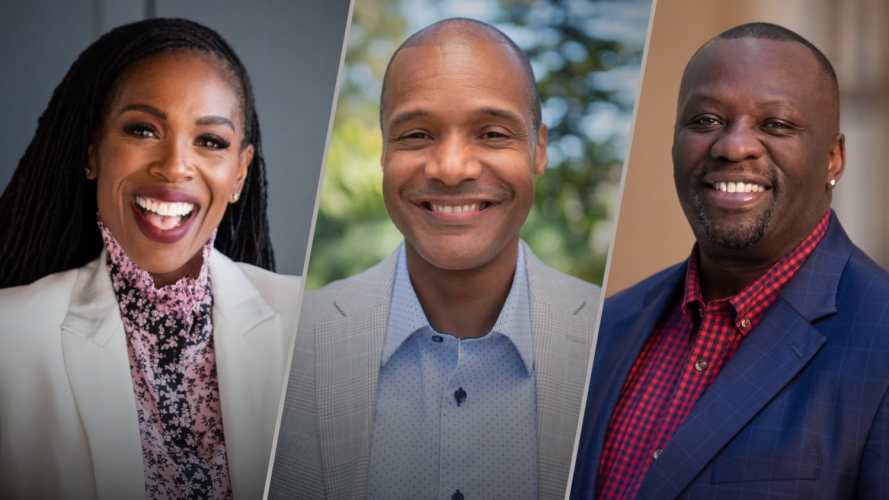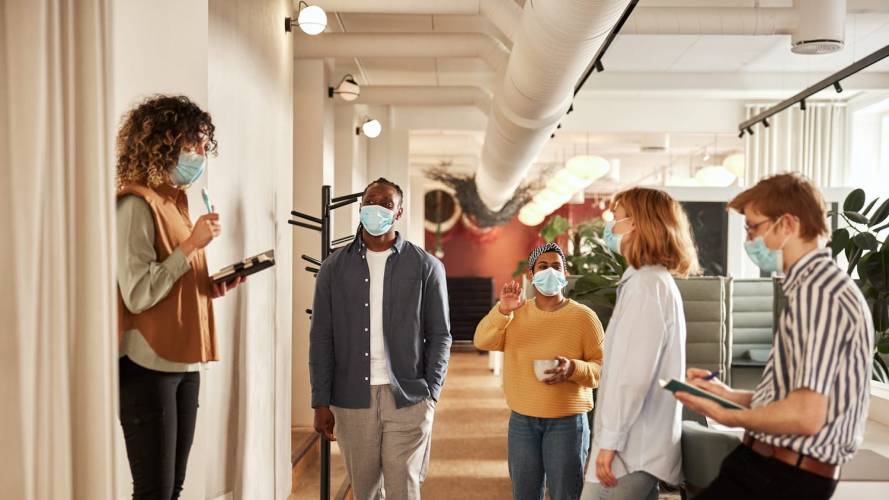Why Clear Face Masks Benefit All Office Workers, Not Just Those With Disabilities
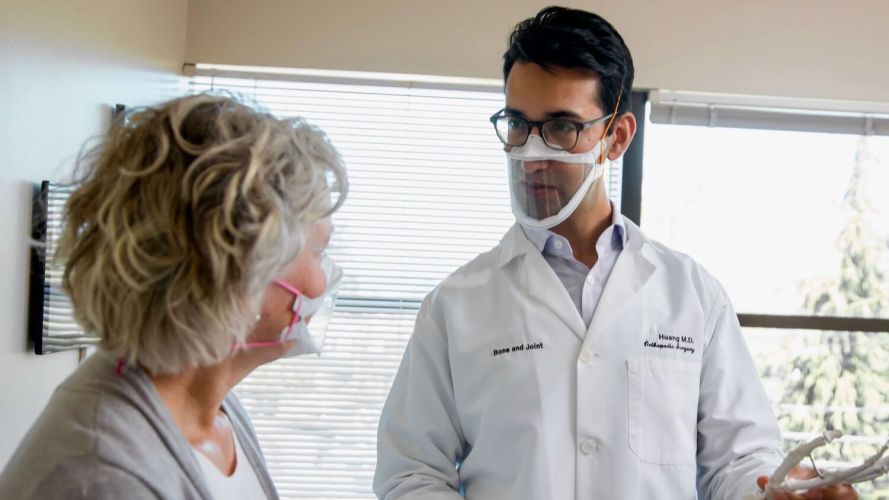


It's a clearer path to communication for those who benefit from reading lips.
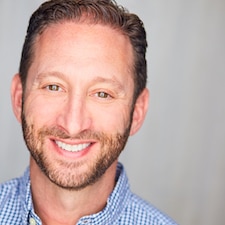
Ari Bendersky
[header image photo credit: BendShape Mask]
Shari Bailey visited a fast-food drive-thru one day during the pandemic. Normally, one of her children would be in the car with her, but on this particular day, Bailey was on her own. After placing her order, she drove up to the window to pay. Initially, she struggled to understand the restaurant worker, who was wearing a mask. She asked him to repeat himself, but their miscommunication continued.
Bailey is Deaf. In regular circumstances, when one of her kids isn’t with her to help interpret, she relies on lip reading to communicate with people who don’t know American Sign Language (ASL). She explained to the worker she is Deaf, using her hands to sign her message.
For Bailey, and the approximately 466 million people globally who are Deaf or hard of hearing — not to mention other populations like people with ADHD, epilepsy, autism, and other disabilities — the COVID-19 pandemic has literally added an additional layer to dampen possibly already-difficult communication.
“For someone who is deaf and relying on lip reading, they’re going to lose the message completely,” said Jocelyn Wood, a speech language pathologist based in Brooklyn. “It can result in a huge communication breakdown. For someone on the spectrum, they may not pick up on the cues they need to have a conversation successfully.”
This is where the need for clear masks in the workplace and frankly, everywhere, comes into play. Clear masks, or cloth masks with a clear panel that exposes the mouth, give a clearer path to communication for people who benefit from reading lips.
“You may not need a clear mask, but what about the people around you?” Wood asks. “We need to continue having these people as part of the conversation.”
As we all go through our daily lives, whether working from home or being one of the millions of essential workers — from healthcare and manufacturing to delivery and retail — interacting with people every day, the ubiquitous cloth masks, while absolutely necessary, can impede our ability to communicate.
“There is a big need for clear masks in the workplace,” said Bailey, an outreach support and training specialist with Sorenson Communications, which offers Deaf-specific communication products and video relay services for businesses and Deaf and hard of hearing individuals allowing them to make calls. “How is one supposed to do their job without being able to understand those around them?”
In May, Dr. David Agus explained we should get used to seeing masks in the workplace for quite some time. But not everyone can effectively do their work while talking to people who are masked up. Take, for example, a Southern California hard-of-hearing physical therapist who relies on lip reading. She feared losing her job because she couldn’t communicate with her patients. After trying a variety of solutions, her boss surprised her one day with homemade masks with a clear panel, allowing the physical therapist to effectively do her job. Each of her patients now receive a clear mask for their physical therapy session.
Return to work with better COVID-19 vaccine management
Mass vaccination is the key to reopening offices. Learn how vaccines can help you safely and efficiently bring your employees back to work.



Companies see the need for clear masks
Businesses have realized the impact opaque masks can have for people who rely on lip reading to communicate. Apple, after working with Gallaudet University in Washington, D.C., which specializes in educating the Deaf and hard of hearing, recently announced it would distribute the ClearMask, the first FDA-cleared surgical mask offering fully transparent face visibility, to Apple employees.
Salesforce, after putting many different clear masks through trials with Deaf and hard of hearing employees, recently ordered hundreds of masks from the Hearing Spot to distribute to U.S.-based offices that request them. The company is also looking into international options.
As more people began working remotely, Salesforce’s Office of Accessibility outlined ways to make virtual meetings more inclusive for all, including adding live captioning to video conference calls of 50 or more people or for smaller groups where a need is known; recording sessions for people to add captions to process auditory content; including image descriptions to presentations, and more. Distributing clear masks is another way the company aims to be inclusive.
“We recognized traditional cloth masks that hide our mouths exclude a portion of our population and aren’t in line with our commitment to equality,” said Catherine Nichols, Salesforce’s Senior Director of Accessibility Programs. “For some in the Deaf community, lip reading can be important for communication, and for those with ADHD and others, lip reading can support comprehension and engagement. Further, some of the first signs of a seizure often begin with the mouth. And, really, some of us communicate better when we can read facial signs and lips — how many times have you had to repeat yourself in a store or cafe when wearing a mask? It’s a universal benefit.”
This aligns with the National Association of the Deaf’s (NAD) recommendations around clear masks for Deaf and hard of hearing workers. The NAD had previously issued guidelines stating that companies should make available clear masks to people working with Deaf or hard of hearing coworkers, adding, “Masks that block the mouth shouldn’t be used because they are a communication barrier.”
Clear masks don’t just benefit people with some disabilities; many people can benefit from seeing more facial expressions. In fact, 55% of how we communicate is nonverbal, according to Aaron Hsu, CEO and co-founder of the ClearMask.
To drive that point home, Ford Motor Company received patent-pending approval for its newly designed clear respirator. The company expects these masks to operate and protect at the same level as N95 masks, which filter out 95% of particles, while also allowing people to, once again, see each other’s faces.
“One of the things missing during the pandemic is the power of a smile,” Jim Baumbick, Ford vice president, enterprise product line management and leader of Ford’s Project Apollo personal protective equipment manufacturing effort, said in a statement Feb. 2, 2021. “This clear respirator promises to improve interactions between neighbors, at the store and for those who have hearing impairments.”
Colleges adopt clear masks, too
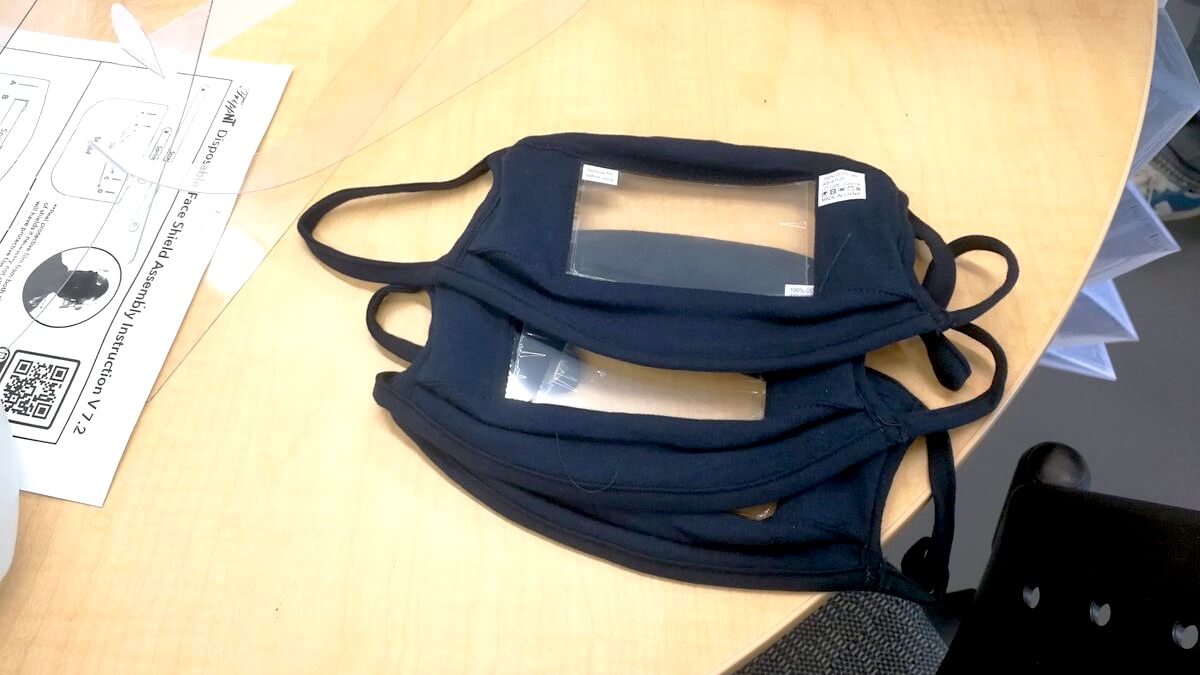
With so many colleges and universities having opened their campuses for the 2020-21 school year with many students attending in-person classes, school administrators realized the need for faculty to wear clear masks. In early August, Rochester Institute of Technology sent all employees cloth and clear masks. Sometimes, it’s not a campus-wide initiative, but an isolated incident brought on by need, like the University of Toronto Deaf Ph.D. candidate whose supervisor bought a box of transparent face masks, unprompted, so the student could read lips.
Something similar happened at the University of Texas. Earlier this year, the dean of the college of education asked Stephanie Cawthon, Ph.D., a professor in the college of education who is hard of hearing, what the school could do to help her during the pandemic. She mentioned clear masks and didn’t really think about it again. In late October, Cawthon, who is also the director of the National Deaf Center, returned to campus for the first time since March and was greeted with a pile of clear masks as she entered the office at the college of education.
“If you’re going to teach on campus, you’re going to wear a clear mask,” Cawthon said. “That’s an attitude of, ‘We’re all in this together.’ It’s a simple gesture and it’s now part of the culture here on campus.”
Are clear masks the future?
Cawthon is realistic and knows the majority of people around the country will continue to wear cloth masks, but does see clear mask usage increasing in hospitals, doctor’s offices, and schools. This isn’t to say clear masks aren’t without drawbacks. Cloth masks flooded the population because, frankly, they’re easier to manufacture. Clear masks have to serve a few purposes: showing someone’s mouth; allowing the wearer to still be able breathe; and create an effective barrier from the virus. Sometimes clear masks can fog up, shielding the mouth. They can be difficult to find and can be expensive.
This is all changing as more companies manufacture safe and effective clear masks. In addition to ClearMask, which to date has sold 12 million masks to large corporations, governments and individuals, and the Hearing Spot, other products like the Communicator, Smile Mask, and BendShape Mask continue to innovate and release new clear masks.
“The pandemic has brought to focus the limitations of traditional opaque protective masks,” said Steven Sanders, CEO and president of BendShape Mask. “Traditional masks obfuscate the visual clues of the mouth and, with it, muddle our communications.”
As long as the pandemic ensues and people wear masks to protect each other, new designs and technologies will allow more of us — but especially those who truly need to read lips and facial cues — to better interact and connect at school, work, and in everyday life.
“Faces show emotion and just being able to see one smile can really brighten other people’s days,” Bailey said. “We need that!”
For more information on how to transform your business for the future, visit Work.com
